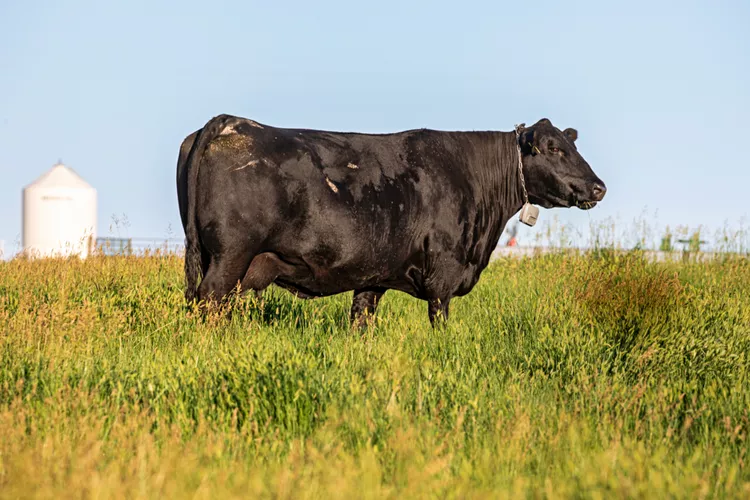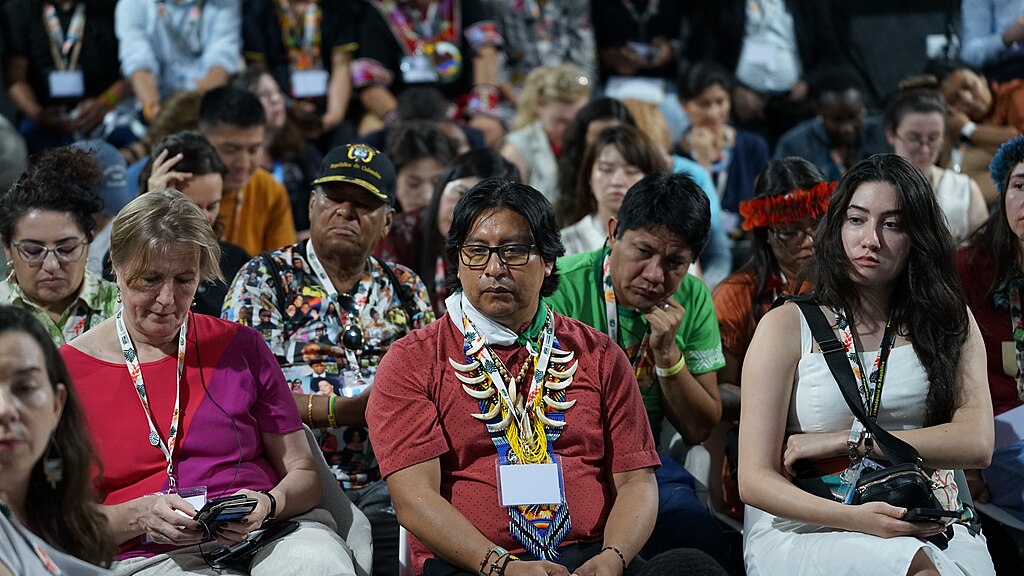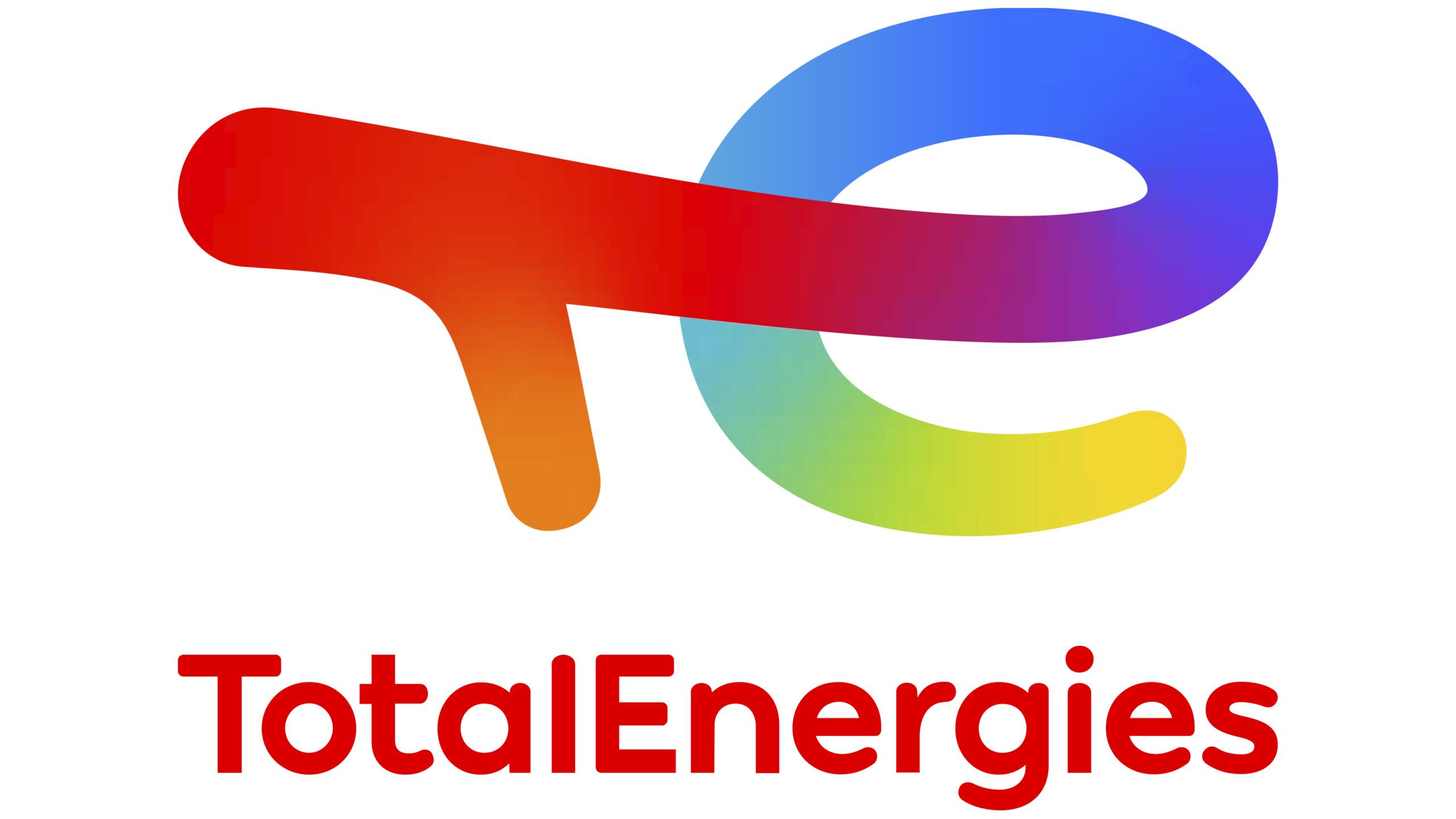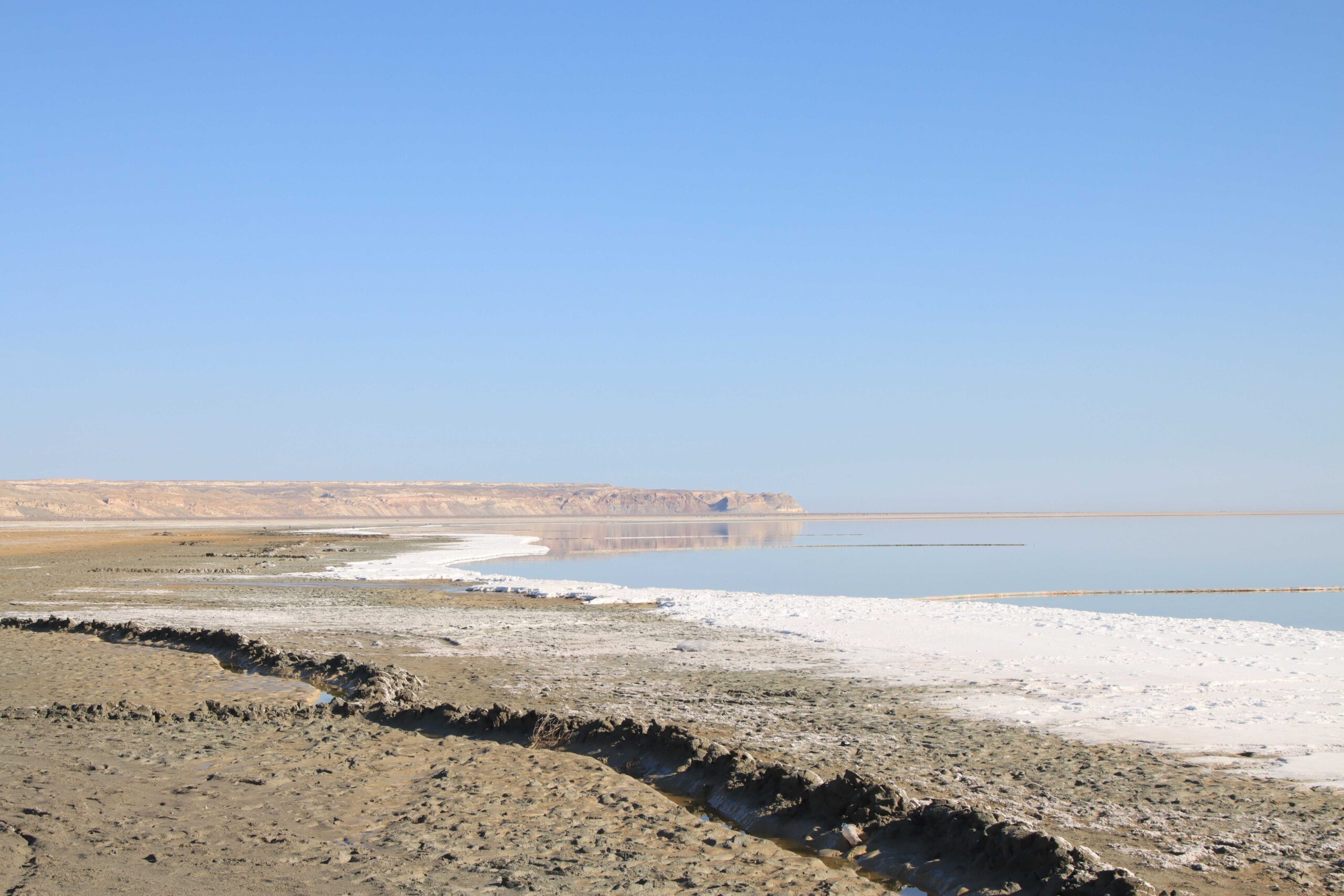American ranchers are gradually entertaining the idea of using virtual fence systems—the same kind as used for dogs—to graze more cattle over more space without the cost and hassle of continuous fence upkeep.
The virtual system promises huge benefit for farmers, consumers, and wildlife, as more cows can graze on nutritious grass and fewer have to sit in the feedlot.
North America lost several million of its native grazers in the 19th century, and much of the prairie land that’s left which hasn’t become farmland is missing the ecosystem services the bison herds once provided.
By not having to worry about building fences or overwatching them with cowboys on horseback, larger herds can live semi-natural existences on North American land, helping to enrich the soil and disperse native seeds all with substantially lower labor and material costs for the rancher.
That’s the promise at least; the technology is just emerging in the ranching industry. But what do early adopters have to say about it?
Amy Crouch is the director of The Nature Conservancy’s Little Sioux project, studying the use of virtual fencing on cattle at the conservancy’s Swamp White Oak Preserve in Iowa. Here, cattle were used to manage the understory growth on “one of the best remaining examples of floodplain oak savanna” left in the Midwest.
Crouch herself grew up on a dairy farm, and remembers the feeling of being tethered to the grazing herd, not being able to leave them for a minute in their fenceless pasture.
“I imagine it’s the same for a lot of these producers who do the intensely managed grazing, where they’re moving them all the time,” Crouch told Iowa Capital Dispatch. “If they could have this labor-saving device, so they can concentrate on doing other things too, how tremendous”.
What is virtual fencing?
The virtual fencing comes in different forms depending on who’s selling it. It’s basically a super durable collar the size and weight of a normal cowbell that contains a GPS transmitter. The GPS keeps track of where the cow is and establishes the borders where the cows can’t go. Some also have radio wave receivers that are reached via broadcast towers.
Once the cow gets too close to the virtual boundary line the collar plays a sharp auditory signal that the cows do not like. If they get closer, the sound gets louder, and if they pass it, the collar begins to vibrate—not shock them.
“They catch on so fast,” Crouch said. “They hear that tone, and they don’t even stop grazing, they just change direction and go a different way. So it’s really, really easy on them, and it’s easy on the farmer too”.
All eventualities seem to be controlled for. The collars are solar-powered, and Crouch saw them endure every conceivable form of abuse without issue.
The pilot program at Land of the Swamp White Oak Preserve ran three years during which staff used the system to pasture cattle in areas with an invasive species and also to stay out of sensitive areas like a wetland. The program attempted to address every concern or question a rancher might have.
Crouch said that for producers who don’t move their herds as much, the collar still presents advantages in cost savings in labor and physical fence materials, and the GPS system which can be accessed via a phone can give the farmer the position of every head of cattle in real-time.
Successful Farming recently interviewed Nick Jorgensen, an Angus beef rancher who practices rotational grazing on a combined 5,000 acres of land, who adopted another virtual fencing system from a company called Vence.
He was more cautious about heaping praise on the system, which he described as “95% effective” but vulnerable to power outages and battery replacements, while also stressing that “any rancher can tell you that a physical fence isn’t 100% either”.
In fact, by his estimation, physical fencing costs around $15,000 per mile, which for a 4-mile paddock adds up to $60,000. Then, there are the constant repairs, and the occasional need to move the fencing. By contrast the collars and broadcast towers cost $50,000 to set up, and the durability is unquestionably longer than a physical fence.
If the collars allow for greater productivity for rotational grazing in addition to this lack of running maintenance, it seems likely that on certain ranches the virtual fencing will be more cost effective than physical fencing.
“Think how it might work for ranches that are on leased land, where you can’t build real fences for various reasons,” said Mr. Jorgensen. “This would let you practice controlled rotational grazing, and help you keep track of the animals, without fences”.
Studies have shown that grass-fed cattle produce beef and milk with a more nuanced and beneficial nutrient profile; with better ratios between the various types of saturated and unsaturated fats, but grass-fed, grass-finished beef is typically more expensive. If a major labor saving device, or one which could mean more cattle on the land for less management dollars, were made available, the cost of this superior product might become competitive to feedlot beef in the mid-term future. WaL
We Humbly Ask For Your Support—Follow the link here to see all the ways, monetary and non-monetary.
PICTURED ABOVE: Vence GPS-enabled collars keep cows within virtual boundaries, using audio signals and electric shocks. PC: Nick Jorgensen Land and Cattle supplied to Successful Farming



